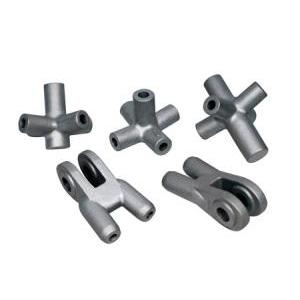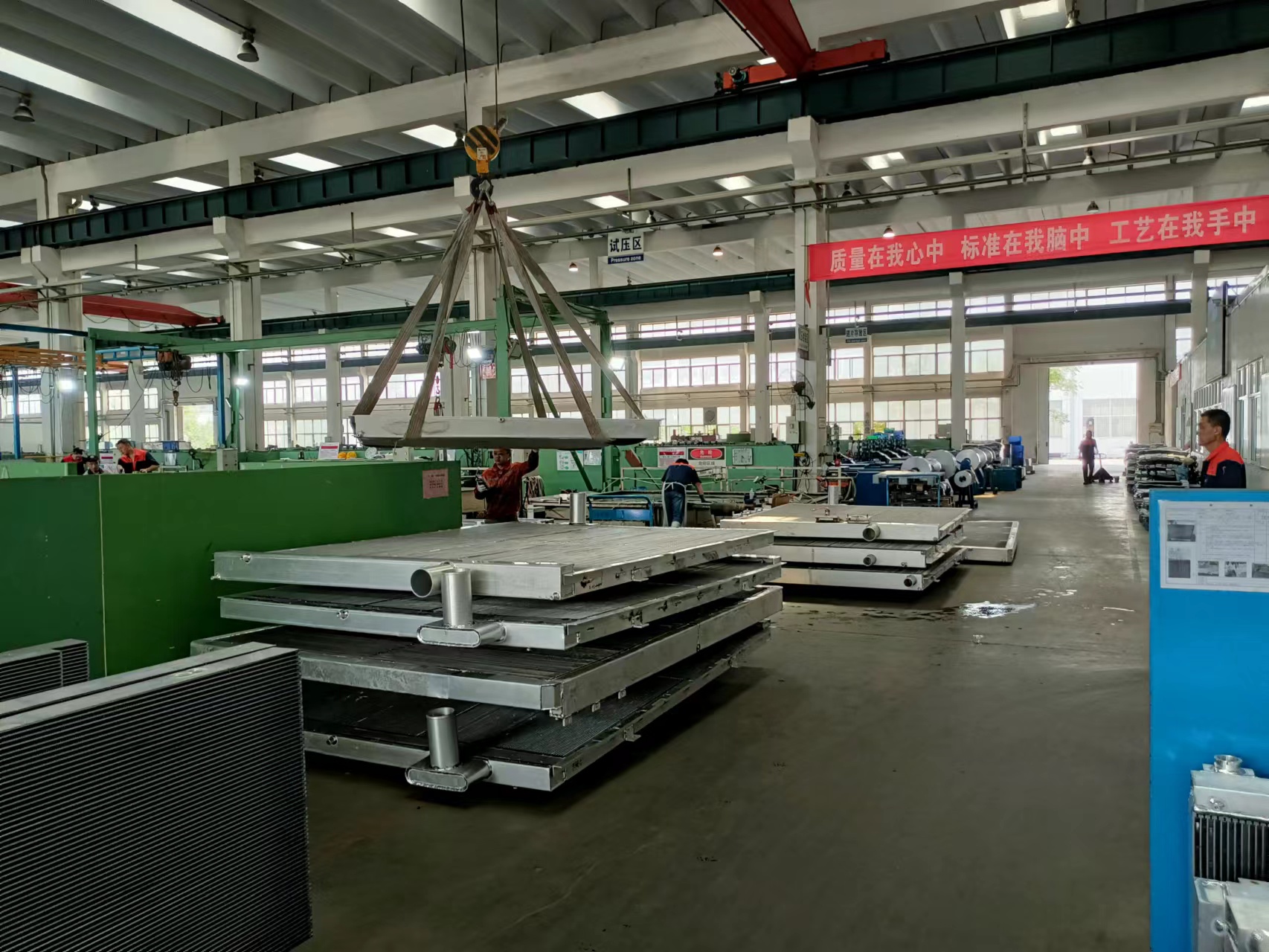
Both electrogalvanizing and hot-dip galvanizing are processes used to coat steel or iron with a layer of zinc to protect it from corrosion. This protection is primarily achieved through two mechanisms: barrier protection (shielding the base metal) and cathodic protection (where the zinc sacrificially corrodes to protect the steel). However, the methods, properties, and applications of these two coatings are significantly different.
- Electrogalvanizing (Electroplating)
Core Concept: Electrogalvanizing, also known as electroplating, is an electrochemical process where a thin layer of zinc is bonded to the steel surface using an electrical current.
The Process:
Surface Preparation: The steel is thoroughly cleaned to remove oil, grease, and rust through a series of alkaline cleaning and acid pickling baths.
Electroplating Bath: The cleaned steel is immersed in an electrolyte solution containing zinc salts. The steel acts as the cathode (negative terminal). A zinc metal anode (positive terminal) is also placed in the solution.
Application of Current: When a direct current is applied, zinc ions from the solution are reduced and deposited onto the cathodic steel surface. The thickness of the coating is precisely controlled by the duration of the process and the electrical current density.
Post-Treatment: The plated part is often rinsed and may receive a supplementary chromate or other passivation treatment to enhance corrosion resistance and appearance (e.g., clear, blue, yellow, or black coatings).
Key Characteristics:
Coating Thickness: Thin and uniform. Typically ranges from 2 to 25 microns (0.0001″ to 0.001″).
Coating Appearance: Smooth, bright, and aesthetically pleasing. It can have a shiny, bluish-white finish and is excellent for receiving paint or other final coatings.
Dimensional Accuracy: The coating is very thin and does not alter the part’s dimensions significantly. There is no risk of filling threaded holes or delicate features.
Coating Structure: The coating is a pure metallic zinc layer with a simple metallurgical bond to the steel substrate.
Advantages:
Excellent, uniform surface finish.
Precise control over coating thickness.
No risk of distortion for thin-gauge materials.
Ideal for complex shapes and parts with tight tolerances.
Provides a superior base for painting (electrocoating or e-coat).
Disadvantages:
Lower corrosion resistance compared to hot-dip galvanizing due to the thinner coating.
The coating is more susceptible to mechanical damage.
Does not form a metallurgical bond, so it can be less durable under abrasive conditions.
Generally not suitable for outdoor, structural, or harsh environments on its own.
- Hot-Dip Galvanizing (HDG)
Core Concept: Hot-dip galvanizing is a thermodynamic process where cleaned steel is immersed in a molten bath of zinc (typically around 450°C / 840°F), resulting in a thick, robust coating with a metallurgical bond to the base metal.
The Process:
Surface Preparation: This is a critical, three-step process:
Degreasing: Removes organic contaminants.
Pickling: Immersion in acid (usually hydrochloric) to remove mill scale and rust.
Fluxing: Application of a flux (typically zinc ammonium chloride) to prevent oxidation before dipping and to ensure a proper reaction.
Galvanizing: The prepared steel is immersed in a kettle of molten zinc.
Metallurgical Reaction: The iron in the steel reacts with the molten zinc to form a series of zinc-iron intermetallic layers, topped by a layer of pure zinc.
Cooling: The steel is withdrawn slowly and cooled, often by quenching in water.
Key Characteristics:
Coating Thickness: Thick and variable. Typically ranges from 45 to over 200 microns (0.002″ to 0.008″+). Thickness depends on the steel’s chemistry and thickness.
Coating Appearance: Characteristic spangled or crystalline pattern. It can be bright silver when new, matte gray, or a combination. The surface is rougher than electrogalvanized steel.
Dimensional Impact: The coating is thick and can fill small threads or gaps. Drainage and venting must be considered during design.
Coating Structure: Forms a complex, layered structure. From the steel outward, the layers are:
Gamma layer (Γ – ~75% Zn, 25% Fe)
Delta layer (δ – ~90% Zn, 10% Fe)
Zeta layer (ζ – ~94% Zn, 6% Fe)
Eta layer (η – 100% pure zinc)
This metallurgical bond makes the coating exceptionally durable.
Advantages:
Superior corrosion resistance, often lasting for decades in many environments.
Complete coverage, including edges and corners.
The coating is thick and provides excellent abrasion resistance.
Sacrificial protection will prevent rust creep even if the coating is scratched.
Low long-term maintenance costs.
Disadvantages:
Rougher, less aesthetic finish.
Potential for distortion or warping of thin steel sections due to the heat.
Coating thickness is less uniform and can drip or form icicle-like features (zinc run-off).
Not suitable for parts with sealed interiors that cannot drain or vent.
Head-to-Head Comparison Table
| Feature | Electrogalvanizing | Hot-Dip Galvanizing |
| Process | Electrochemical | Thermodynamic / Immersion |
| Coating Thickness | Thin (2-25 µm) | Thick (45-200+ µm) |
| Appearance | Smooth, bright, uniform | Spangled, matte gray, variable |
| Dimensional Impact | Negligible | Significant (can fill threads) |
| Bond to Steel | Mechanical/Electrochemical | Metallurgical (intermetallic layers) |
| Corrosion Resistance | Good (indoor/mild) | Excellent (outdoor/harsh) |
| Abrasion Resistance | Fair | Excellent |
| Cost Factor | Generally lower per part | Generally higher, but cost-effective over lifecycle |
| Typical Applications | Automotive bodies, fasteners, hardware, appliances, electrical conduits. | Structural steel (beams, guardrails), transmission towers, rebar, fencing, ductwork. |
Summary and Selection Guide
Choosing between electrogalvanizing and hot-dip galvanizing depends entirely on the application’s requirements.
Choose Electrogalvanizing when:
A smooth, aesthetic finish is critical.
The part has complex geometries or very tight tolerances.
The part will be painted (it’s a perfect primer).
The service environment is mild or indoor (e.g., consumer electronics, automotive interiors).
Choose Hot-Dip Galvanizing when:
Maximum corrosion and abrasion resistance are the primary goals.
The component will be exposed to harsh outdoor, industrial, or marine environments.
The part is structural and requires long-term, maintenance-free performance.
The component’s design allows for proper draining and venting.
In essence, electrogalvanizing is a finishing process, while hot-dip galvanizing is a robust protection process.




